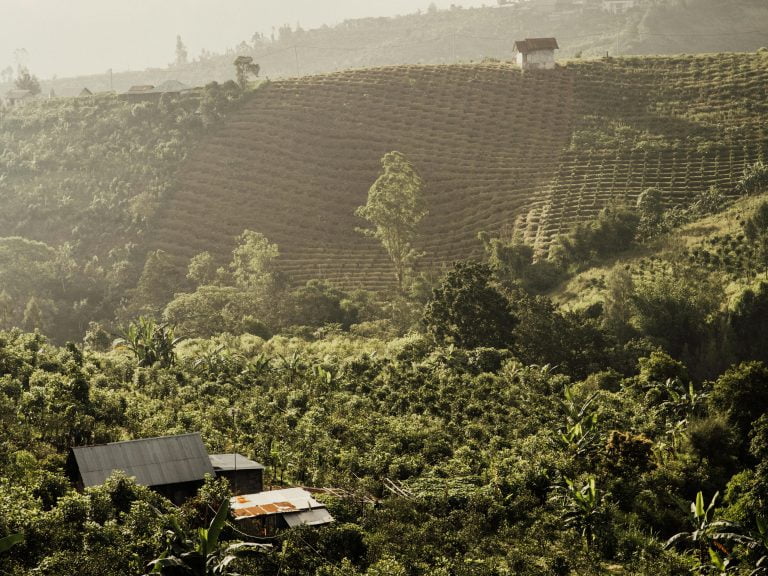A familiar name
Technically Java is part of Indonesia, but it’s also just one of thousands of islands in the world’s fourth most populated country, each with vastly different cultures. Java holds historic significance as a coffee origin. Around 1700, the Dutch East India Company smuggled coffee from Yemen, to India and finally Java where the crop achieved fame once exported and mixed with Yemeni coffee to create the Mocha Java blend. Dutch rule was vastly unfair to farmers and the trading agreements of the era are largely responsible for the embarrassingly low prices paid for much of the world’s coffee today.
Collecting this unique coffee
Knowing farmers is a big step toward understanding if they are getting a fair amount of what we pay. This is difficult in Java. Most coffee is produced by large estates, remnants of the colonial era. Coffee from small farms is sold to collectors. It takes longer to harvest there and excess moisture can ruin their crop. So, farmers sell shortly after it’s picked or initially milled. The collector we worked with, Pak Gunawan, separates by region, and quality, something most collectors don’t do. This incentivizes paying more for quality and developing relationships. This appeals to us.
Unique taste and process
Java is known for a unique processing method called wet hulling. It’s controversial in the specialty world but worth exploring. After the fruit is separated, the protective layer of the bean is immediately hulled so it will dry faster. This process affects the flavor of the final coffee and results in extra body. Typically, low quality wet-hulled coffee is roasted dark to hide the flavor. We’ve light roasted this one, as it’s exceptional. The typical herbal and woody notes are offset by subtle fruit and spice sweetness. The flavor is elegant and nuanced and becomes more woody as it cools.
Once again, this coffee was completely pre-sold to subscribers. We’ve sourced more coffee for next month and look forward to sharing it with you then.




